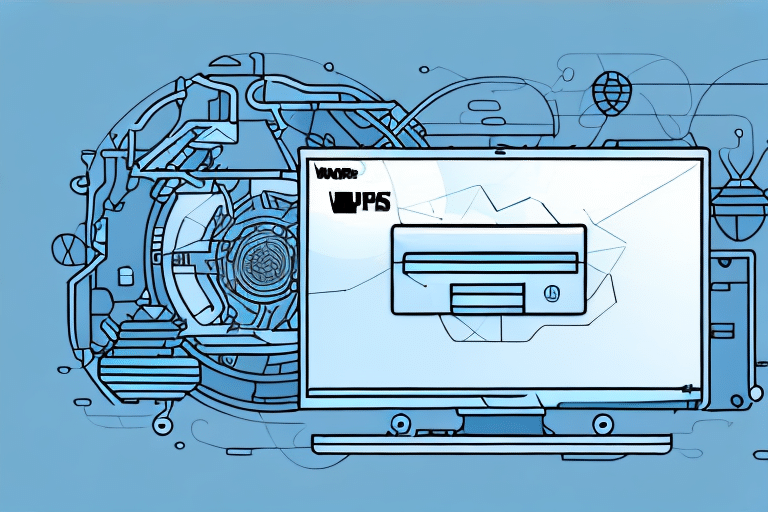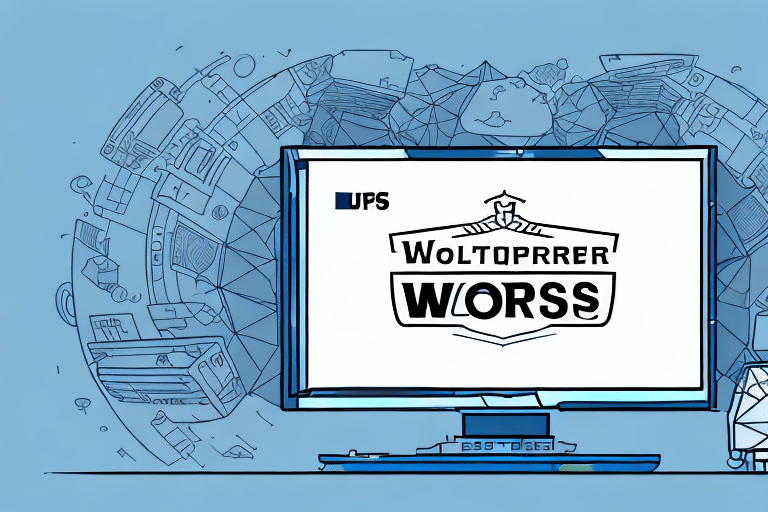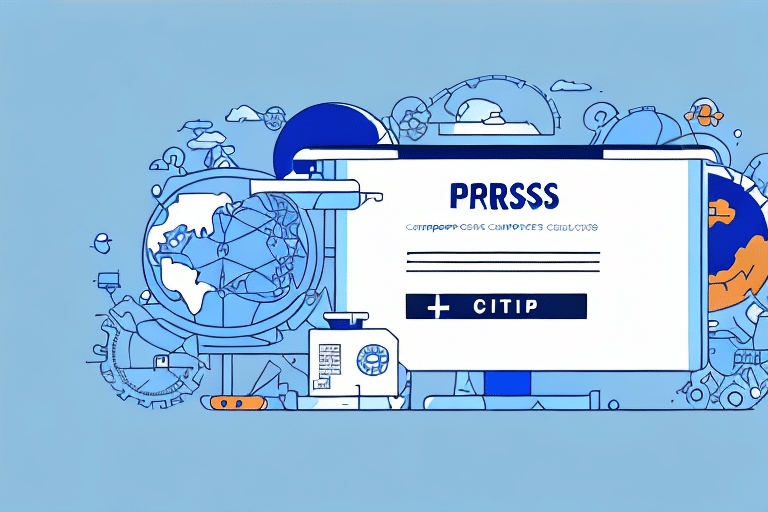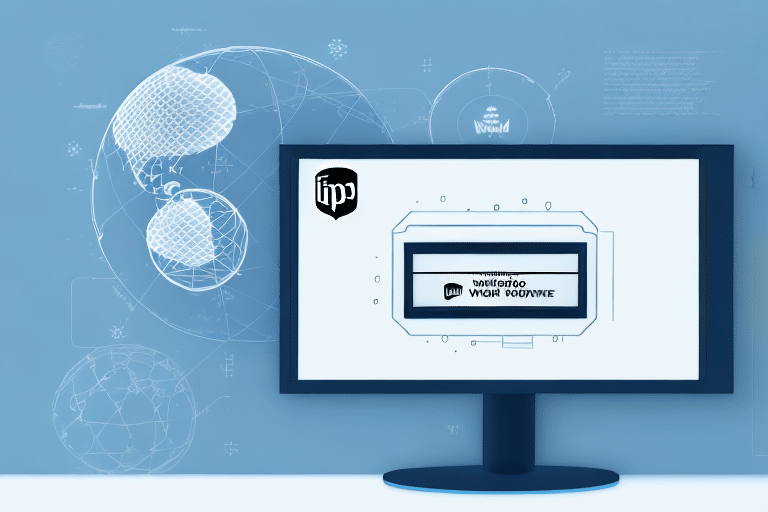The Importance of Choosing the Right Shipping Supplies for Your Ecommerce Business
Choosing the right shipping supplies is crucial to the success of your ecommerce business. The wrong supplies can result in damaged products, lost shipments, and unhappy customers, all of which can harm your reputation and hinder your growth. According to a 2019 survey by the National Retail Federation, 65% of customers cite shipping issues as a primary reason for dissatisfaction.
One important factor to consider when selecting shipping supplies is the type of products you are shipping. For instance, fragile items require extra padding and protection to prevent damage during transit, while perishable items may require insulated packaging to maintain their freshness and quality.
Another crucial consideration is the cost of shipping supplies. While it may be tempting to choose the cheapest options available, investing in quality supplies can save you money in the long run by reducing the likelihood of damaged products and lost shipments. Additionally, investing in eco-friendly shipping supplies can help you reduce your environmental impact and appeal to customers who prioritize sustainability.
Understanding Different Types of Shipping Supplies
When it comes to shipping supplies, there are numerous options available. Understanding the different types and their specific uses can help you make informed decisions that enhance your shipping efficiency and product safety.
Packaging Options
- Boxes: Available in various sizes and strengths, boxes are suitable for a wide range of products.
- Envelopes: Padded and poly mailers are ideal for smaller, lightweight items.
Protective Fillers
- Bubble Wrap: Provides cushioning for fragile items.
- Packing Peanuts: Fill void spaces to prevent movement during transit.
Labeling and Marking Supplies
- Labels: Essential for addressing and tracking packages.
- Markers: Useful for adding additional information or handling instructions.
Selecting the Best Shipping Boxes and Envelopes for Your Products
The size and type of box or envelope you use for shipping can significantly impact the safety of your products during transit. Choosing the right size and strength is essential to ensure that your products arrive undamaged.
Corrugated Boxes are highly recommended due to their strength and durability. They are made from multiple layers of cardboard, providing added protection for your products. Additionally, they can be customized to fit your unique product needs and printed with your branding for added marketing benefits.
Poly Mailers are a popular option for shipping smaller items. These lightweight envelopes are made from durable, moisture-resistant materials and offer cost-effective shipping solutions. According to Statista, the use of poly mailers has increased by 20% over the past five years due to their convenience and cost-effectiveness.
Another important factor to consider is the environmental impact of your shipping supplies. Many companies are now opting for eco-friendly packaging options, such as recycled cardboard boxes or biodegradable mailers. Not only does this help reduce waste, but it can also be a selling point for environmentally conscious customers.
Protective Packaging Materials: Corrugated Boxes, Bubble Wrap, and Packing Peanuts
Corrugated Boxes
Corrugated boxes are a staple in the shipping industry due to their exceptional strength and durability. They are made from multiple layers of cardboard, which provides added protection against impacts and rough handling. Additionally, they are fully recyclable, making them an environmentally friendly choice. According to the International Safe Transit Association (ISTA), corrugated boxes reduce product damage by up to 30% compared to other packaging materials.
Bubble Wrap
Bubble wrap offers excellent cushioning for fragile items, preventing them from shifting and colliding during transit. While it is more expensive than some alternatives, the level of protection it provides makes it a worthwhile investment for high-value or delicate products.
Packing Peanuts
Packing peanuts are a cost-effective solution for filling void spaces in packages. However, they can be messy and may shift during transit, potentially leaving products exposed. Additionally, traditional packing peanuts are made from polystyrene, which is not biodegradable and poses environmental concerns. Consider opting for biodegradable packing peanuts as a more sustainable alternative.
Essential Shipping Tools: Labels, Markers, Tape, and Strapping
Shipping Labels and Markers
Proper labeling and marking on your packages are crucial to ensure accurate delivery and handling. Use high-quality labels that are clear, readable, and durable enough to withstand various weather conditions. Incorporating custom labeling can also enhance your brand visibility.
When selecting shipping labels and markers, consider the following:
- Compliance with carrier requirements
- Durability against moisture and tearing
- Ease of application and removal
For further guidance, refer to United States Postal Service guidelines.
Packaging Tape and Strapping
Packaging tape and strapping are essential for securing your packages and preventing damage during transit. Invest in high-quality tape that adheres well and does not lose its stickiness over time. Strapping can provide additional security for heavier or bulkier items.
Using tamper-evident tape can also add an extra layer of security, ensuring that your packages remain unopened until they reach the customer.
Choosing the Right Shipping Carrier and Fulfillment Strategy
Selecting the right shipping carrier is essential to ensure timely and reliable deliveries for your customers. When evaluating carriers, consider factors such as cost, delivery speed, tracking options, and customer service quality.
Coverage Area: Ensure that the carrier you choose can deliver to all the regions or countries you intend to serve. Limited coverage can restrict your business growth and customer base.
Carrier Reputation: Research carrier reviews and ratings to assess their reliability and customer satisfaction levels. According to Consumer Reports, carriers with higher reliability scores lead to fewer lost or damaged shipments.
Fulfillment Centers
Utilizing a fulfillment center can streamline your shipping process by handling storage, packing, and shipping tasks. Fulfillment centers often negotiate bulk rates with carriers, helping you save on shipping costs. They also provide services like inventory management and order tracking, enhancing your operational efficiency.
Additionally, fulfillment centers can improve your shipping speed, allowing you to offer faster delivery options to your customers. Research reputable fulfillment centers and consider partners that align with your business needs.
Sustainable Packaging Practices and Reducing Shipping Costs
Integrating Sustainable Packaging
As environmental consciousness rises, integrating sustainable packaging practices into your shipping strategy can differentiate your brand and attract eco-minded customers. Consider using materials such as:
- Recycled Cardboard: Reduces waste and supports recycling initiatives.
- Biodegradable Mailers: Break down naturally, minimizing environmental impact.
- Plant-Based Fillers: Alternatives to traditional packing peanuts.
Implementing these practices not only benefits the environment but also aligns with global sustainability goals, potentially increasing customer loyalty.
Reducing Shipping Costs
Shipping costs can be a significant expense for ecommerce businesses, but there are strategies to minimize these costs:
- Negotiate Bulk Rates: Many carriers offer discounts for high-volume shippers.
- Optimize Package Sizes: Smaller, lighter packages typically incur lower shipping fees.
- Use Multi-Carrier Shipping Software: Tools like ShipStation compare rates across carriers to find the most cost-effective options.
According to Business News Daily, optimizing your packaging and leveraging carrier discounts can reduce shipping expenses by up to 15% annually.
Common Mistakes to Avoid When Choosing and Using Shipping Supplies
Avoiding common mistakes in your shipping processes can enhance efficiency and customer satisfaction. Here are some pitfalls to watch out for:
- Using the Wrong Box Size: Oversized or undersized boxes can lead to increased costs and potential product damage.
- Poor Securing of Products: Inadequate padding or improper sealing can result in damaged items upon delivery.
- Inaccurate Labeling: Incorrect addresses or missing information can cause shipping delays or lost packages.
Regularly reviewing and updating your shipping processes can help identify and rectify these issues, ensuring a smooth and reliable delivery experience for your customers.
Expert Insights on Reducing Shipping Costs for Your Online Store
Shipping costs are a significant expense for ecommerce businesses, but several strategies can help reduce them:
- Leverage Automation: Use shipping software to automate label printing and order processing, reducing labor costs and errors.
- Implement Efficient Packaging: Design packaging that minimizes material use while still protecting products.
- Offer Shipping Incentives: Encourage customers to choose slower, more cost-effective shipping options when appropriate.
Additionally, regularly analyze your shipping data to identify trends and areas for improvement. Utilizing data-driven insights can lead to more informed decisions and greater cost savings.
Best Practices for Managing Returns and Refunds in Your Ecommerce Business
Returns and refunds are an inevitable part of ecommerce, but managing them effectively is essential for maintaining a positive customer experience.
Clear Return Policies: Establish transparent and straightforward return policies, and communicate them clearly to your customers. This builds trust and sets clear expectations.
Efficient Return Processes: Streamline your return procedures to handle returned items swiftly and efficiently, minimizing the impact on your inventory and finances.
Data Tracking: Keep track of return data to identify common reasons for returns. This information can highlight areas for product or shipping improvements, reducing future return rates.
Implementing these best practices can enhance customer satisfaction and loyalty, ultimately contributing to the long-term success of your ecommerce business.
The Role of Technology in Streamlining Your Ecommerce Shipping Process
Technology plays a pivotal role in optimizing and streamlining the shipping process for ecommerce businesses. Leveraging the right tools can lead to increased efficiency, reduced errors, and improved customer satisfaction.
Shipping Software
Shipping software solutions, such as [ShipStation](https://www.shipstation.com/) and [Shippo](https://goshippo.com/), offer features like label printing, order management, and carrier rate comparison. These tools automate repetitive tasks, saving time and reducing the likelihood of human error.
Order Tracking Systems
Implementing robust order tracking systems allows both you and your customers to monitor the status of shipments in real-time. This transparency enhances trust and allows for proactive handling of any delivery issues.
Inventory Management
Integrating inventory management software with your shipping processes ensures that stock levels are accurately tracked and managed. This prevents overselling and helps maintain optimal inventory levels, which is crucial for timely order fulfillment.
Adopting these technological solutions can significantly enhance your shipping operations, leading to a more efficient and customer-friendly ecommerce business.
Integrating Sustainable Packaging Practices into Your Ecommerce Shipping Strategy
With growing consumer awareness and demand for environmentally responsible practices, integrating sustainable packaging into your shipping strategy is becoming increasingly important.
Benefits of Sustainable Packaging:
- Reduces environmental impact by minimizing waste and using recyclable materials.
- Enhances brand image and appeals to eco-conscious customers.
- Can lead to cost savings through efficient material usage and reduced shipping weights.
Here are some strategies to incorporate sustainability into your packaging:
- Use Recycled Materials: Opt for boxes and fillers made from recycled content to support circular economy practices.
- Minimize Packaging: Design packaging that uses the least amount of material necessary without compromising product safety.
- Choose Biodegradable Options: Select packing materials that break down naturally, such as compostable mailers and plant-based fillers.
Implementing these sustainable practices not only benefits the environment but also resonates with customers who value eco-friendly businesses, potentially boosting your brand loyalty and sales.
Conclusion
Choosing the right shipping supplies is essential for the success of your ecommerce business. It ensures the safe and timely delivery of your products, enhances customer satisfaction, and supports your brand's reputation. By understanding the different types of shipping supplies, selecting the best packaging materials, utilizing essential shipping tools, and integrating sustainable practices, you can optimize your shipping operations effectively.
Additionally, leveraging technology and implementing cost-reduction strategies can further enhance your efficiency and profitability. Avoiding common shipping mistakes and managing returns effectively will contribute to a seamless customer experience, fostering loyalty and encouraging repeat business.
As the ecommerce landscape continues to evolve, staying informed about the latest shipping trends and best practices will help your business thrive in the competitive online marketplace.








